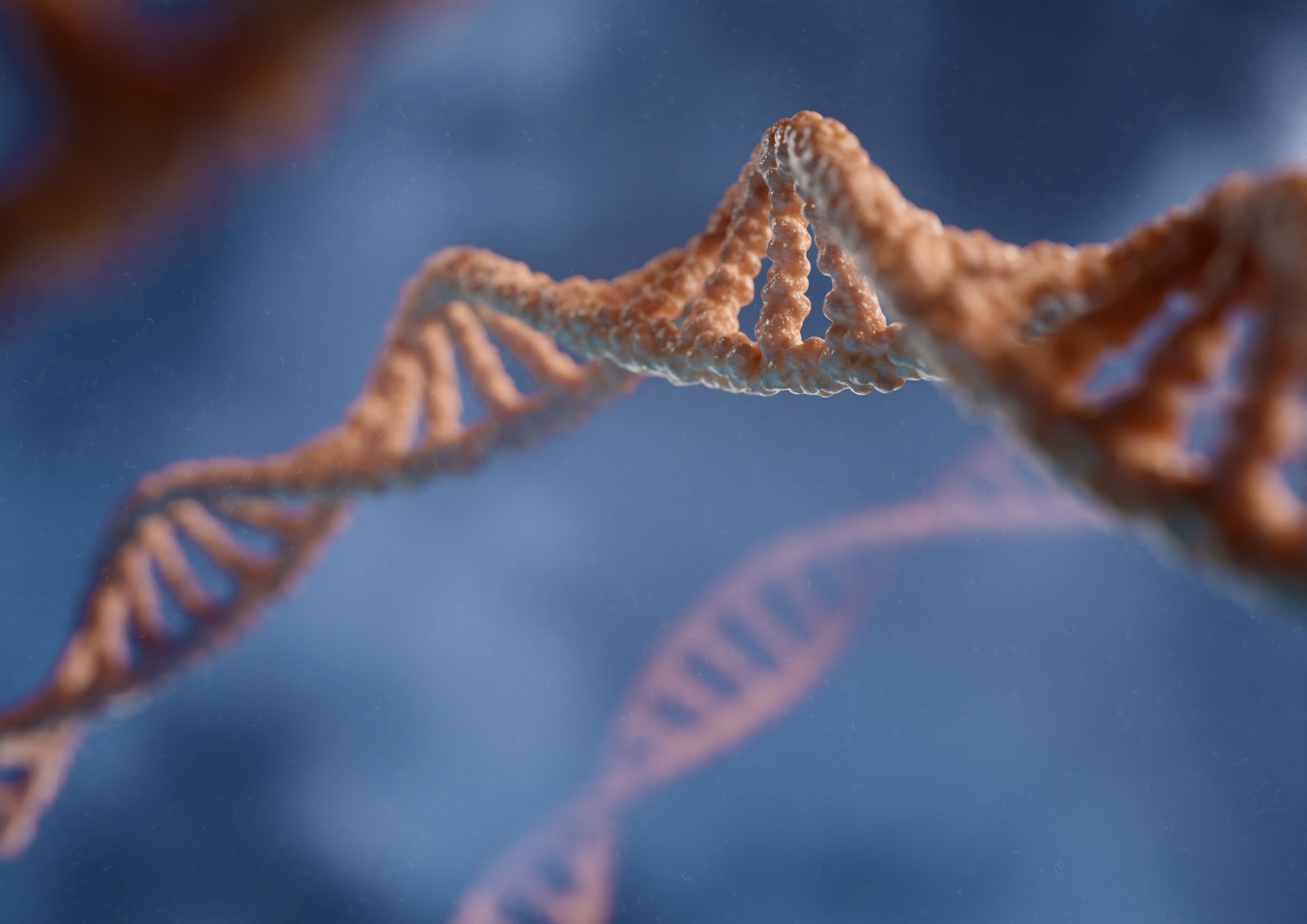Evolution doesn’t often come to mind | think moths mated with soot-stained trees, or finches with ever so slightly different beaks. Well, what if a few of evolution’s boldest innovations were actually tucked away in plain sight, yet unfolding rapidly inside the microscopic heart of our cells? New research into centromeres, mysterious structures in the middle of chromosomes that have just started to be appreciated as potential ‘drivers’ of evolutionary innovation, is hinting at that tantalising possibility.
How these essential chromosomal regions are anything but static is illuminated by a team of biologists at the University of Rochester, led by Amanda Larracuente. Centromeres, which typically remain unchanged, or conserved, across generations, seem to be evolving at warp speed, shuffling their DNA in ways that could impact how life will be in the future. The findings, published recently in PLOS Biology, challenge fundamental assumptions about how easy it is to destabilise essential genetic structures.
Centromeres are crucial for proper cell division. Far from being mere storage spaces for genetic information, they act as anchors for proteins that pull chromosomes into the correct positions as cells divide. A malfunction in this process can result in cells with too many or too few chromosomes, which often leads to severe genetic disorders or diseases like cancer.
What makes centromeres fascinating is their composition. Instead of being packed with traditional genes, they are dominated by “selfish” genetic elements—transposable elements that move within the genome—and repetitive DNA sequences called satellite DNAs. These elements seem locked in a genetic tug-of-war, competing for their survival during cell division while simultaneously cooperating to ensure the centromere functions properly.
“We’re used to thinking of essential structures as being highly conserved, but centromeres defy that expectation,”
says Larracuente. Larracuente went onto say:
“They evolve rapidly, showing us a side of biology that feels almost counterintuitive.”
To study this phenomenon, Larracuente’s team focused on the centromeres of fruit flies (Drosophila), closely related species that diverged relatively recently in evolutionary terms. Using advanced chromatin profiling and high-resolution imaging techniques, the researchers uncovered surprising patterns: centromeres often switch between different types of transposable elements and satellite DNA over astonishingly short evolutionary timescales.
“Repetitive sequences are known to evolve rapidly, but what we found was dramatic,” explains Larracuente. “Instead of minor changes, we observed categorical shifts in the types of elements present.”
In other words, the genetic architecture of centromeres appears to be anything but fixed. These shifts suggest that centromeres may serve as hotbeds of evolutionary activity, constantly adapting to new challenges or opportunities.
The study’s authors argue that this rapid turnover underscores the potential for centromeres to drive evolutionary innovation. By reorganizing their genetic sequences, centromeres could play an active role in shaping the genomes of future generations, influencing everything from species survival to adaptability.
The implications of this research extend far beyond fruit flies. Larracuente and her team are keen to explore how these findings might apply to human health. Defects in centromeres have been linked to genome instability, a hallmark of conditions like cancer and certain aging-related diseases. Understanding how centromeres reorganize and function could open new doors for treating these disorders.
“Learning how DNA sequences contribute to centromere behaviour could help us tackle diseases tied to abnormal centromere activity,”
While the immediate applications are still speculative, the research hints at exciting possibilities. Could understanding centromere dynamics help us engineer better therapies for cancer? Or perhaps even harness these mechanisms for future biotechnological innovations?
Centromeres may lack the glamour of coding genes or the intrigue of CRISPR, but they are proving to be a dynamic and vital frontier in our understanding of biology. As scientists continue to unravel their mysteries, centromeres could offer new insights not just into how life evolves, but also into how we might steer its course for the better.
For now, they remain evolution’s hidden laboratories—messy, dynamic, and brimming with untapped potential. Perhaps that’s where innovation truly thrives: not in the orderly, well-understood corners of the genome, but in the chaotic, ever-changing centers of the chromosome.

Hassan graduated with a Master’s degree in Chemical Engineering from the University of Chester (UK). He currently works as a design engineering consultant for one of the largest engineering firms in the world along with being an associate member of the Institute of Chemical Engineers (IChemE).



